Iranian fabric tricot is renowned for its exquisite craftsmanship, rich heritage, and versatility. This unique textile, produced in Iran for centuries, combines traditional weaving techniques with modern designs to create an array of fabrics with diverse applications. In this article, we delve into the world of Iranian fabric tricot, exploring its history, manufacturing process, characteristics, and widespread usage. History and Evolution Originating from the ancient Persian civilization, Iranian fabric tricot holds a significant place in Iran’s textile industry.

.
 Its roots can be traced back to the Safavid era (1501-1722), when the art of weaving intricate patterns and designs onto fabrics including silk, wool, and cotton emerged as a popular craft. The techniques employed in Iranian tricot weaving were refined over the years, passed down through generations and becoming an integral part of Persian culture. Manufacturing Process The manufacturing process of Iranian fabric tricot is an intricate one, requiring skilled artisans who dedicate themselves to preserving this ancient tradition. It involves weaving patterns onto a tricot base fabric, utilizing a jacquard loom mechanism.
Its roots can be traced back to the Safavid era (1501-1722), when the art of weaving intricate patterns and designs onto fabrics including silk, wool, and cotton emerged as a popular craft. The techniques employed in Iranian tricot weaving were refined over the years, passed down through generations and becoming an integral part of Persian culture. Manufacturing Process The manufacturing process of Iranian fabric tricot is an intricate one, requiring skilled artisans who dedicate themselves to preserving this ancient tradition. It involves weaving patterns onto a tricot base fabric, utilizing a jacquard loom mechanism.
..
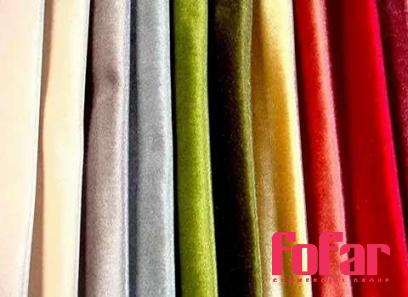 This moisture-wicking property, combined with its breathability, makes fabric tricot an excellent choice for activewear and undergarments. Businesses in the fitness industry specifically rely on fabric tricot for its ability to keep athletes cool and dry during intense workouts. Highly detailed designs are created by interlacing different-colored threads, resulting in a tapestry-like appearance. Characteristics Iranian fabric tricot possesses several distinct characteristics that set it apart from other textiles. The most notable feature is its durability, achieved through the use of high-quality materials and meticulous craftsmanship. The intricate patterns and designs are incorporated seamlessly into the fabric, making it visually stunning and highly appreciated among fashion enthusiasts. Furthermore, Iranian fabric tricot is soft to the touch, providing exquisite comfort when used to create clothing items or home furnishings.
This moisture-wicking property, combined with its breathability, makes fabric tricot an excellent choice for activewear and undergarments. Businesses in the fitness industry specifically rely on fabric tricot for its ability to keep athletes cool and dry during intense workouts. Highly detailed designs are created by interlacing different-colored threads, resulting in a tapestry-like appearance. Characteristics Iranian fabric tricot possesses several distinct characteristics that set it apart from other textiles. The most notable feature is its durability, achieved through the use of high-quality materials and meticulous craftsmanship. The intricate patterns and designs are incorporated seamlessly into the fabric, making it visually stunning and highly appreciated among fashion enthusiasts. Furthermore, Iranian fabric tricot is soft to the touch, providing exquisite comfort when used to create clothing items or home furnishings.
…
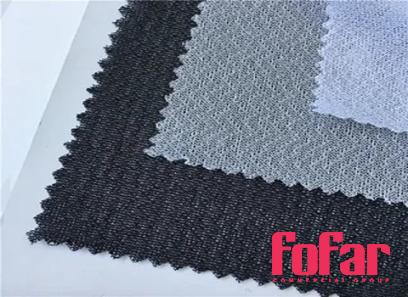 Its versatility makes it suitable for a wide range of applications, from garments like dresses, blouses, and scarves to upholstery, drapery, and decorative accessories. Usage and Market Reach Iranian fabric tricot has found a prominent place in international markets, receiving recognition for its unique charm and traditional appeal. Designers and fashion houses around the world have embraced this fabric, incorporating it into their collections due to its exceptional quality and striking visual appeal. The demand for Iranian fabric tricot continues to grow, especially in regions known for their appreciation of fine textiles and intricate designs. In addition to its fashion applications, Iranian fabric tricot is also extensively used in the interior design industry. It is often employed in the creation of luxurious home furnishing items such as cushions, curtains, and tablecloths, adding elegance and cultural flair to living spaces. Conclusion Iranian fabric tricot represents a remarkable blend of history, tradition, and craftsmanship. Its timeless allure continues to captivate individuals and businesses across the globe who seek unique, high-quality textiles. From its origins in ancient Persia to its modern-day global popularity, Iranian fabric tricot remains an embodiment of artistry and versatility. As this extraordinary fabric continues to fulfill the dreams of designers and customers alike, it serves as a testament to the ingenuity and skill of Iranian weavers.
Its versatility makes it suitable for a wide range of applications, from garments like dresses, blouses, and scarves to upholstery, drapery, and decorative accessories. Usage and Market Reach Iranian fabric tricot has found a prominent place in international markets, receiving recognition for its unique charm and traditional appeal. Designers and fashion houses around the world have embraced this fabric, incorporating it into their collections due to its exceptional quality and striking visual appeal. The demand for Iranian fabric tricot continues to grow, especially in regions known for their appreciation of fine textiles and intricate designs. In addition to its fashion applications, Iranian fabric tricot is also extensively used in the interior design industry. It is often employed in the creation of luxurious home furnishing items such as cushions, curtains, and tablecloths, adding elegance and cultural flair to living spaces. Conclusion Iranian fabric tricot represents a remarkable blend of history, tradition, and craftsmanship. Its timeless allure continues to captivate individuals and businesses across the globe who seek unique, high-quality textiles. From its origins in ancient Persia to its modern-day global popularity, Iranian fabric tricot remains an embodiment of artistry and versatility. As this extraordinary fabric continues to fulfill the dreams of designers and customers alike, it serves as a testament to the ingenuity and skill of Iranian weavers.

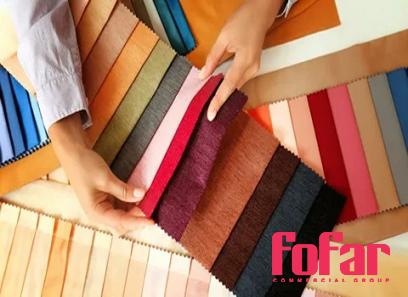
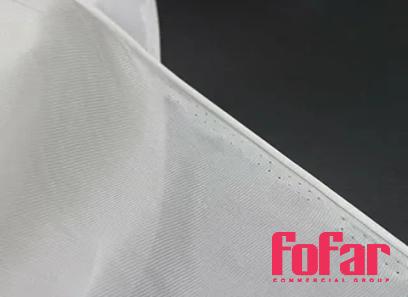


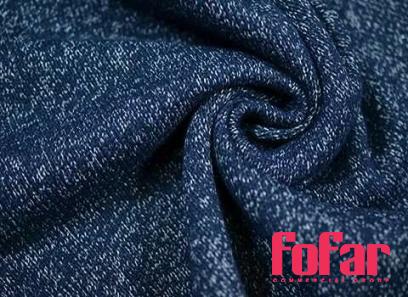
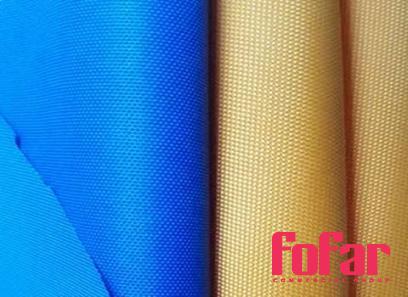
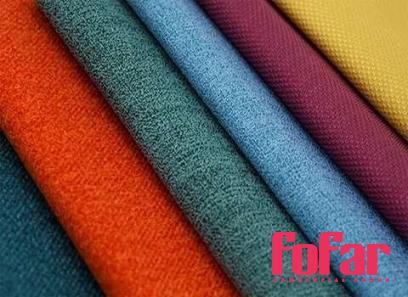


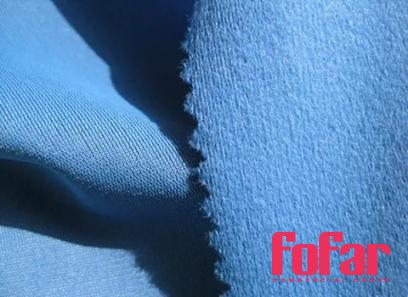
Your comment submitted.